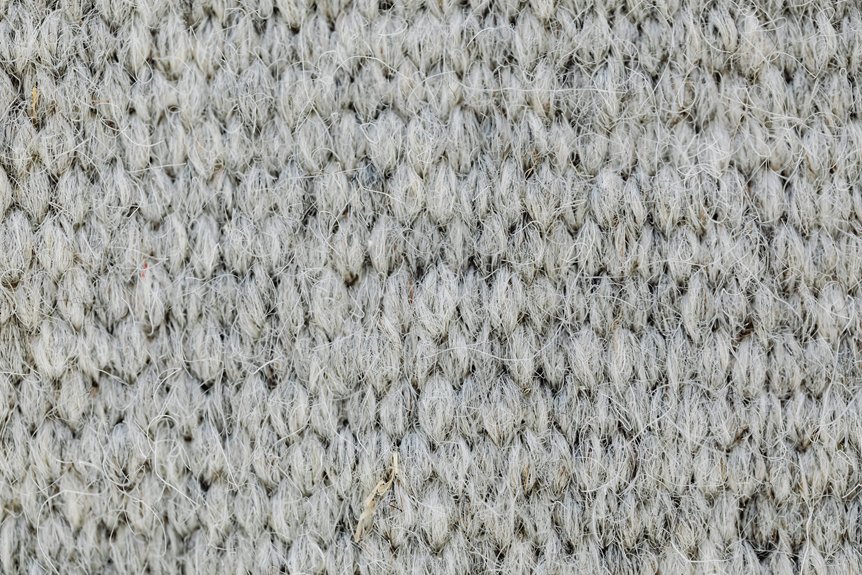25mm insulation options encompass a variety of materials such as foam board, fibreglass, mineral wool, PIR, and EPS. Each is designed to enhance thermal efficiency while maintaining a slim profile. These insulation types assist in reducing energy bills by minimising heat loss or gain, thereby creating more comfortable indoor environments throughout the year.
Suitable for walls, ceilings, or retrofit projects, these materials offer flexibility in application, provided that proper installation procedures are adhered to.
Understanding these insulation choices can lead to more effective energy-saving solutions. If you’re interested in optimising your insulation setup, delving deeper into these options will reveal a range of strategies tailored to improve your home’s energy performance.
Common Materials and Construction Options
There are several common materials used in 25mm insulation, each offering distinct benefits tailored to the project’s requirements.
Foam board is widely favoured for its rigid structure and versatility, making it suitable for a range of construction tasks. Its low thermal conductivity allows it to provide high thermal efficiency in a compact thickness.
Fibreglass provides excellent thermal insulation and is commonly employed in walls and ceilings, assisting buildings in maintaining a comfortable temperature.
Mineral wool is known for its high fire resistance and effective noise reduction, making it a safe and tranquil option.
PIR (Polyisocyanurate) stands out for its superior thermal performance and is frequently utilised in wall and roof insulation.
EPS (Expanded Polystyrene) is a cost-effective and lightweight choice, perfect for wall construction.
These materials are applicable for various insulation solutions, including roofs, walls, and floors, and can be effectively used in both renovation projects and new builds to fulfil specific climate and structural requirements.
Key Benefits for Building Efficiency
Using 25mm insulation can significantly enhance a building’s energy efficiency, despite its relatively slim profile compared to thicker alternatives.
It offers an effective thermal barrier, aiding in the maintenance of stable indoor temperatures while potentially reducing the need for heating and cooling by a considerable margin. This insulation minimises heat transfer during colder months and limits heat gain in warmer periods, ensuring ongoing comfort throughout the year.
The high thermal resistance, or R-value, of this insulation contributes to substantial energy savings when incorporated into walls or roofs. Since 25mm insulation can be used effectively in conjunction with other insulation types, it provides a versatile solution for various retrofit projects.
Its compact design makes 25mm insulation particularly suitable for retrofit projects and properties with limited space, allowing for upgrades without compromising interior space or aesthetics.
Overall, it plays a crucial role in decreasing energy consumption, resulting in lower utility bills while supporting sustainable building practices and environmental objectives.
Considerations for Installation and Usage
Proper planning and preparation are essential before installing 25mm insulation to ensure safety, effectiveness, and compliance with building regulations.
Firstly, the installation area should be cleared of debris, and all surfaces must be clean, smooth, and dry. If necessary, a vapour barrier should be installed to prevent moisture from reaching the insulation.
Next, inspect the framing for any gaps or holes and seal them with caulk or foam to ensure an airtight fit. Use appropriate fasteners that are suited for the framing and insulation materials, ensuring a secure attachment.
When handling the insulation, take care to cut it slightly larger than the cavity and work on a flat surface using sharp tools.
During installation, employ friction fits, staples, or fasteners to secure the material tightly, and overlap sheets to prevent air leaks.
Regular inspections are crucial to maintain quality and safety throughout the lifespan of the insulation.
Conclusion
25mm insulation options provide effective solutions for enhancing building energy efficiency. With a variety of materials and construction methods at your disposal, it’s crucial to consider installation requirements and long-term performance.
Properly selected insulation can lead to a significant reduction in energy costs while improving overall comfort within the home. However, meticulous planning and a solid understanding of the materials are essential to achieve optimal results.
By choosing the right type of insulation and ensuring it is installed correctly, homeowners and builders can harness the benefits of 25mm insulation efficiently and reliably.
Emphasising quality and suitability in your insulation choices will not only contribute to energy savings but also enhance the sustainability of your building projects.

